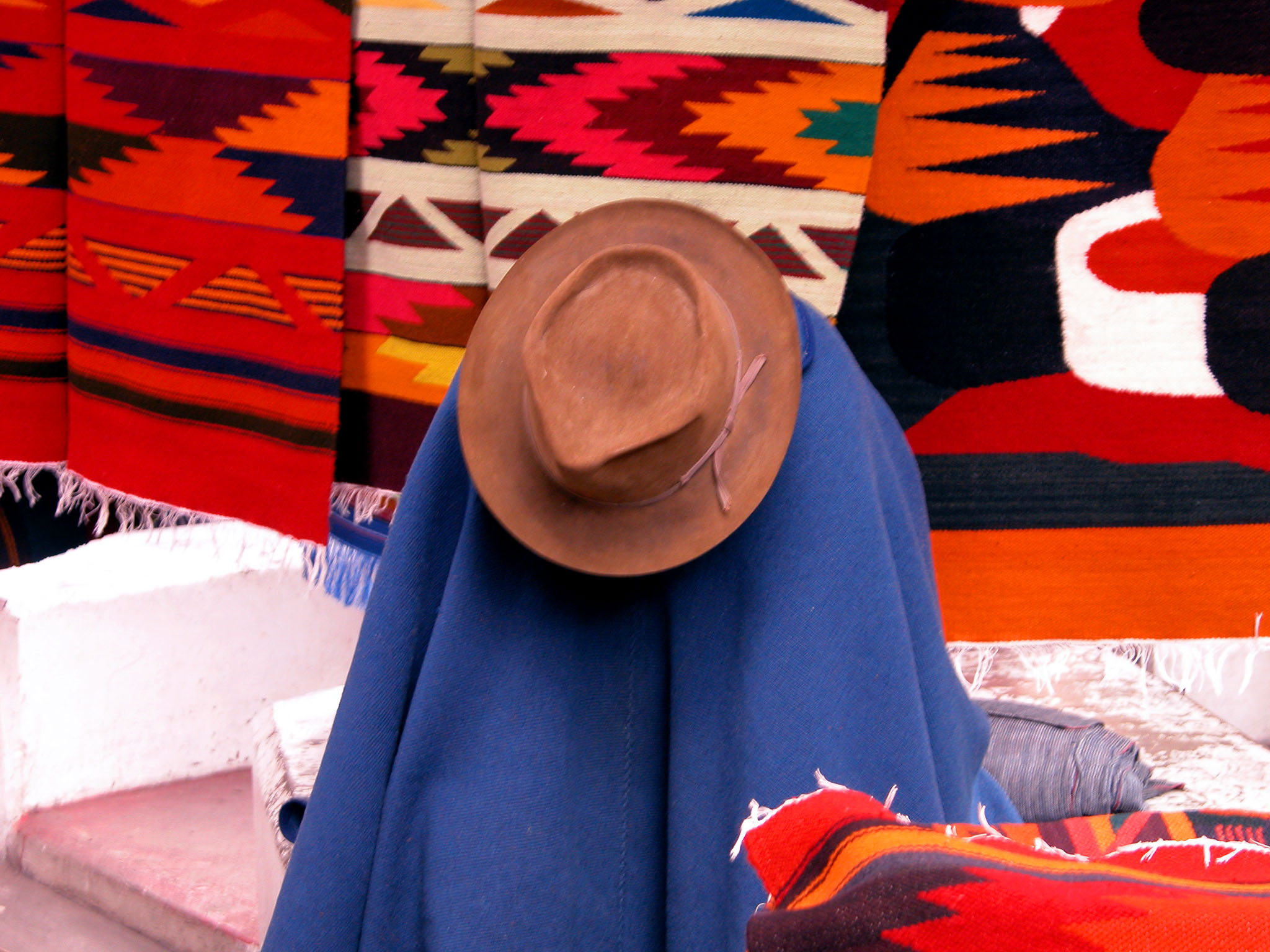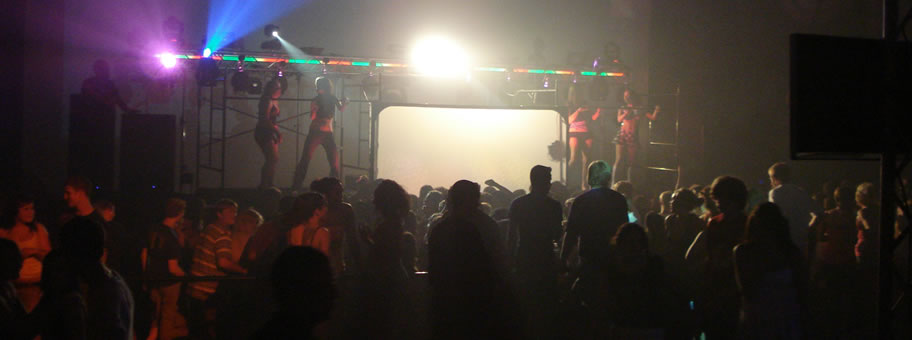The 3,398th Day Anniversary of an email
As I was wading through “All Posts” in the space behind/under the hood of my site, I stumbled upon this – an email I posted to an online discussion of Fair Use nine years (3,398 days) ago. I don’t remember the person to whom it was addressed or the name of the forum so I will expunge three names in my post.
I wanted a 2/3 silly title to this post and I hope I have succeeded.
1.
“Fair Use.” Fair use is not silly – it’s essential. Fair use is the use a copyrighted work (or more than one) without the author’s permission. It’s what we were forced to do in the American education system. It’s not enough that we spouted our views – we needed to COPY and quote others’ views as well, and it was unthinkable that we’d go to the trouble of writing to a book publisher to ask for permission, for example, to COPY a few sentences/paragraph from an author and insert it into our original work. This new original work by a student was usually a paper that had to be handed in to a teacher to fulfill an assignment. Asking for permission would take too long. Proper attribution (and copyright notice) for an academic assignment is usually considered a good reason to violate/break/pillage the “Copyright Law of the United States and Related Laws…”
2.
The “2-line rule.” There are so many references to a “2-line rule” that many believe there might really be a 2-line rule. To annoy certain people and for the humor of it, I have gone to that ultimate DETERMINER of what does and does not exist – Wikipedia. I entered the term, “2 line rule,” and then “2-line rule” and both times got this in return:
“The page “2 line rule” does not exist. You can ask for it to be created, but consider checking the search results below to see whether the topic is already covered.
For search help, please visit Help:Searching.”
I guess that puts an end to it – there is NO 2 line rule! But the next item Wikipedia informed me of was “Bright-Line rule,” and still, under Bright-line rule, there is no 2 line/2-line rule, hyphen or not. Therefore, I still believe, unlike Virginia with Santa Claus, that there is NO 2-line rule.
3.
“My heart tells me it’s real.” To some, this short phrase is a sweet sentiment but I find the lyric silly, so that is my 2nd and final silly part of a 3-part title (but I will quote these six words again below).
To summarize the analysis of this post’s title:
Part 1 (“Fair use”) – Not Silly.
Part 2 (“2-line rule”) – Silly.
Part 3 (“my heart tells me it’s real”) – Silly.
Now to my ranting about fair use from May 2004. I could revise and re-word this (and perhaps I should) but I won’t. I’ll let this frozen-in-time rant imperfectly represent my thoughts from that day.
__________________________________________________________________________________
4. May 16, 2004
May 16, 2004
Dear X:
Your story (and Y’s paper) well illustrates the out of balance copyright world. Few people know that the first U. S. copyright law was meant as, and called, “An Act for The Encouragement of Learning.” The most important reason for copyright in the U. S. was to provide our not well educated 18th century public inexpensive access to educational materials. The Founding Fathers felt that an educated public was necessary in order to have a well intentioned government. The second point of copyright, and one that was not as important as the dissemination of knowledge, was to provide the writers and inventors a reasonable financial return on their labors. This financial reward was to come about through a monopoly for a short time on their works. But judges throughout our history have made it clear that the authors’ and inventors’ monopoly for limited times was of secondary importance to dissemination of a rich wealth of ideas in a rich public domain. Today, however, the balance between the welfare of the public and that of the authors is out of whack, as many copyright holders wield far too much power, and the public either is unaware of its importance or unwilling or financially unable to fight back.
I highly encourage U. S. citizens/authors/educators to be well aware of section 107 of Title 17 of the United States Code (The 1976 U. S. Copyright Act). Section 107 outlines the four Fair Use factors which allow anyone to borrow from a copyrighted work without the permission of the copyright owner, but with consideration of these four factors.
There are no bright line tests to determine whether one has infringed a copyright by borrowing from another work. The law states that copyright protection subsists in original works of authorship fixed in any tangible medium. But no law can state what is original and what is not, and at what point does original and protectible expression arise. There are no specifics in the 1976 Act pertaining to how much can be taken from another work, but a close look at any short “sample” of an original work of authorship reveals that little is original. In fact, in most works of authorship of popular expression, short segments are unoriginal. They merge with more unoriginal segments and eventually become original. This applies to words, pitches, sounds, colors on a canvas, dialog, etc.
One should use other copyrighted works after one has assessed the originality of the material that is being borrowed, the amount to be taken, the nature of the material (facts are rarely protectible; fiction can have much more protection), whether the intent is educational or for profit, and the effect the borrowing will have on the market for the original work. I know of no “standard formula of seeking permission whenever quoting more than two lines of a song.” If there is such a “standard formula,” to the best of my knowledge it is not based in the law or common law. One cannot be found guilty of copying if what is copied is unoriginal. Copyright infringement only comes when what is copied is “original” (and “fixed in any tangible medium…”).
To illustrate why one could copy more than two lines of a song without permission, I offer the following. I would feel free to quote the following four lines without asking permission:
Tell me how you feel
I finally know how love feels
Tell me if it’s real
And my heart tells me it’s real
Or the following:
When it’s warm outside
And the look in your eyes
Is longing to show me the way
I don’t want to wait
or the following:
I don’t know how to live without your love
I was born to make you happy
cuz you’re the only one within my heart
Again, I would reiterate the importance of considering the four fair use factors in assessing the “criminality” of the above “thefts.” In all three, the “purpose and character” of my use is educational. Even if the use is for profit, that still would not exclude the borrowing from being a fair use. Secondly, the nature of the copyrighted work is fictional/creative. Borrowing from creative works is less fair than borrowing from factual works. So, this factor goes in favor of the original author, and against my borrowing. The third factor is two pronged: what is the quantity and quality of what I have taken? The quantity is relatively small in relation to the work. The quality is very low in that these words are extremely common, mundane and unoriginal. And copying unoriginal material is not infringing a copyright as unoriginal material, by law, cannot have copy protection, i.e., is uncopyrightable. Fourth, what effect would my borrowing have on the market for the originals? Answer: None. These excerpts are from three Britney Spears songs. Assuming Britney Spears fans are reading this email, would this email containing exact short quotes from her songs (or if the email found its way into my forthcoming book) be a substitute for three actual recordings of her singing these songs? Certainly not. So, I win on most of the fair use considerations and could borrow without asking permission.
I recommend a less fearful reading, interpretation and implementation of Section 107 of the Copyright Act, and would recommend the model of Oxford University Press. Check out the two-volume “The Beatles As Musicians,” by Walter Everett. Where in these two books does it state that lyrics or music has been used with permission? All of the excerpts were considered to be fair uses.
Before I ramble on too long in this long email, I will close by responding to a point made in Z’s previous email. Fair use in sampling is now here. Get the excellent opinion of Judge Higgins in a recent case in the Middle District of Tennessee – Bridgeport Music et al v. Dimension Films et al (October 11, 2002). I discussed Higgins’ ruling briefly at my EMP presentation this month.
Sincerely,
E. Michael Harrington
September 4, 2013 postlude: There really might be more to this talking heart thing (“my heart tells me it’s real”) than I realized.
__________________________________________________________________________________







